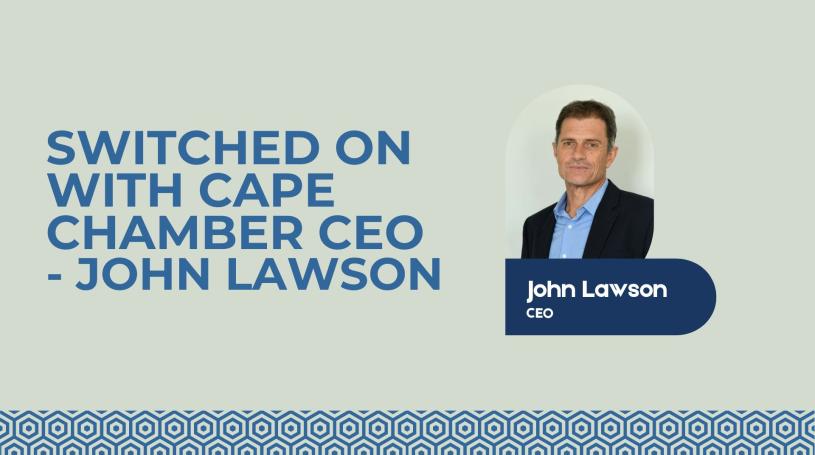Switched on with Cape Chamber CEO, John Lawson: Another Eskom false dawn after budget juggling act?
It has been a busy few weeks for the Cape Chamber, culminating in our AGM on February 23 – the same day as the Finance Minister’s budget speech.
If we were disappointed by what the President had to say in his State of the Nation address, there was at least the sense that it could have been a whole lot worse. This much was confirmed a few days later when the Finance Minister took the stage and delivered a whole lot worse in the form of a Budget speech that lacked vision and depth.
At a time when the country is literally crippled by under-performing state-owned enterprises following years of neglect – and years of criminality in some cases – our latest Budget does little to instill confidence that things will improve.
On the contrary, the Finance Minister delivered the financial equivalent of a mea culpa – by quantifying just how much taxpayers’ money will go towards trying to resurrect the SOEs that are such a massive drain on resources.
We crunched our own numbers and our own analysis is sobering, particularly in relation to Eskom. The Percentage of energy availability factor per year reduced from 66.6% in 2019/20 financial year to an estimated 57% in the 2022/23 financial year while electrification connections per year also reduced from 163 613 to an estimated 101 899 during the same period.
In other words, the efficacy of the power utility is deteriorating at a time when we require urgent improvement.
At the same time we’re seeing of equal concern is the public sector wage bill, which has been steadily increasing.
In the past decade, allocated expenditure has shot up from R437,363,700,000 in 2014 to R701,164,800,000 in the 2023/2024 budget allocation -- giving an increase of 60.3%.
Likewise, available figures for public sector employment also show that the total number of public sector employees has been increasing, with the index figures for the total public sector employment increasing from 89.2 to 104.5 from 2010 to 2021, showing a 17% increase.
To my mind, the above figures reaffirm the view that privatisation of underperforming state assets is the country’s cost of propping up moribund SOEs that will haunt us for years to come.

